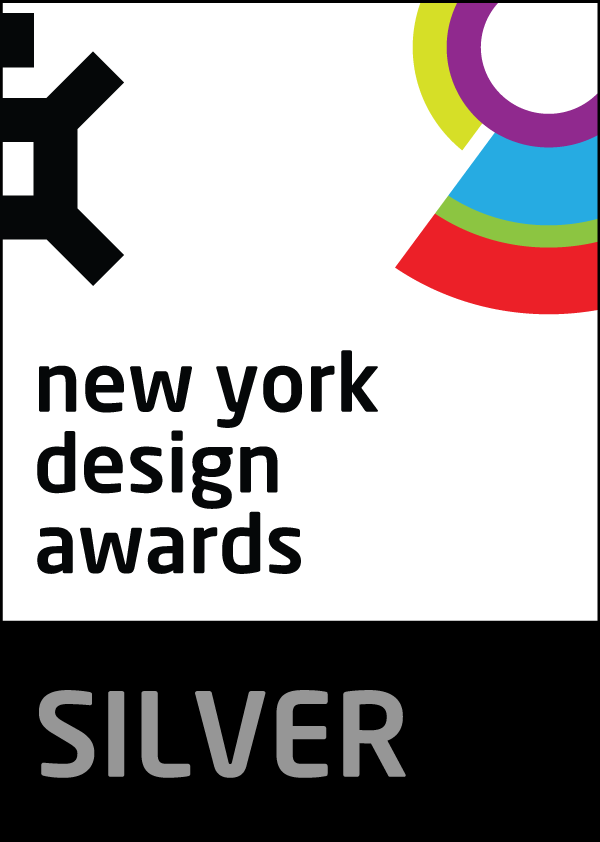Key Dates




Image Credit :

Project Overview
The East River Waterfront Esplanade seeks to improve access to the waterfront, enhance pedestrian connectivity, and create waterfront amenities for public use and enjoyment. The existing esplanade is enhanced, new sections will be created, and several piers will be renovated and redeveloped.
This bold and ambitious plan will revitalize the Lower Manhattan waterfront that currently suffers from weak connections, a lack of amenities, and underutilization. The project aims to improve the quality of life for local residents, workers, and visitors alike.
The project has received critical acclaim and recognition in national and international award ceremonies, including the Excellence on the Waterfront Award from the Waterfront Center (2006), which recognizes high quality waterfront plans and projects from all over the world; the 55th Annual P/A Award granted to SHoP Architects (2008); and the Design Award from the NYC Public Design Commission to the project team for the Reconstruction of Pier 35 (2009).
NYCEDC, working in partnership with the NYC Department of Parks & Recreation, the NYC Department of Transportation, elected officials, and local communities, is engaged in planning for the East Midtown Waterfront Project to improve access to the East River, enhance bicycle and pedestrian connectivity, and create waterfront amenities for public use and enjoyment
Organisation
Team
Project Brief
The East Midtown Waterfront Project will fill a major gap in the Manhattan Waterfront Greenway between East 38th and East 60th Streets along the East River while providing much-desired waterfront access and public open space resources for the communities of East Midtown and the public at large.
In April of this year, the Mayor dedicated $100 million in City capital to significantly narrow the Greenway’s largest gap as part of an administration-wide push to complete a contiguous 32-mile waterfront pedestrian promenade and bicycling path around the whole of Manhattan. The Mayor’s announcement came as a response to a longstanding effort by local elected officials and community advocates to fund and build a continuous esplanade to close the gap.
In 2004 as a result of the Mayor’s Vision for a 21st Century Lower Manhattan, NYCEDC, the Department of City Planning, Department of Transportation, and Department of Parks and Recreation, with funding from the Lower Manhattan Development Corporation, undertook a year-long study of the East River Waterfront Esplanade in Lower Manhattan. The design team included architects, urban designers, landscape architects, and engineers. All worked closely with the local community, area elected officials, City and State agencies, and civic associations to develop a waterfront concept plan.
Project Innovation/Need
At the gap, pedestrians and cyclists are directed to an inland detour on highly trafficked and dangerous First and Second Avenues. Portions of the existing Greenway are narrow and unsafe due to sinkholes being blocked off by protective fencing, and one part squeezes between the FDR and a Con Ed ship dock, requiring caution and slower speeds. Other parts are shared space with vehicles access alongside Waterside Plaza or a filling station.
Design Challenge
.
Sustainability
The project will showcase NYCEDC’s continued commitment to sustainability through a variety of initiatives regarding open space, air and water quality, energy, climate change, and congestion. For example, lighting will be upgraded to low energy, long life cycle fixtures; recycled materials will be used for the project wherever feasible; regional, low maintenance plants will be used for landscaping; and rainwater harvesting of stormwater runoff to maintain the esplanade's various planted spaces.
Urban Design
This award celebrates creativity and innovation in the process of designing and shaping cities, towns and villages, and is about making connections between people and places, movement and urban form, nature and the built fabric. Consideration given to giving form, shape and character to groups of buildings, streets and public spaces, transport systems, services and amenities, whole neighbourhoods and districts, and entire cities, to make urban areas functional, attractive and sustainable.
More Details

